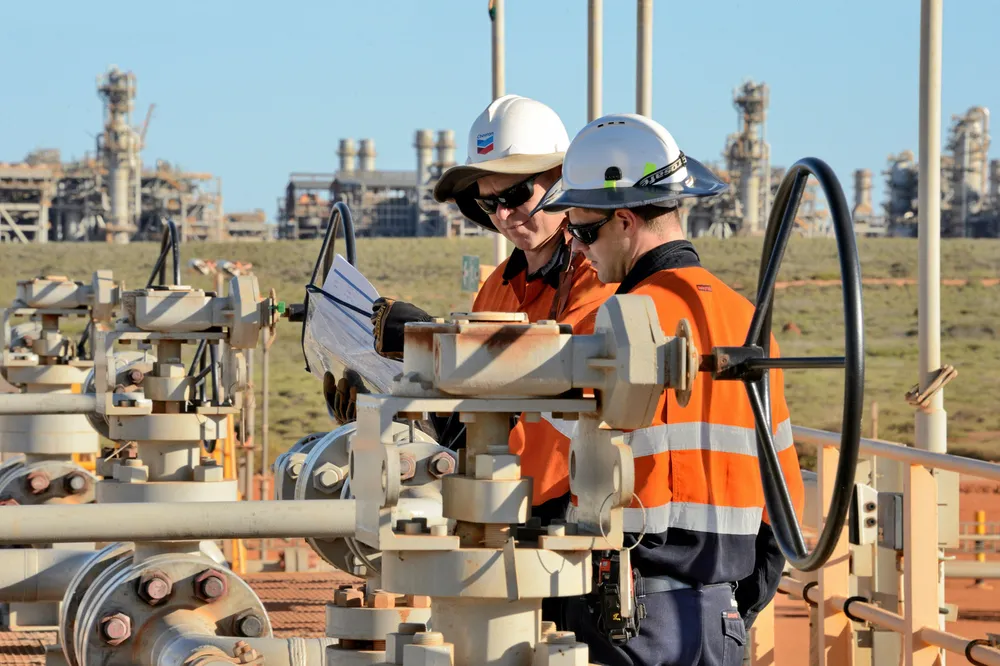Chevron's flagship Gorgon CCS project still failing to live up to expectations
Carbon capture and storage project in Western Australia only operated at just over half of its stated capacity in the 2021 financial year

Carbon capture and storage project in Western Australia only operated at just over half of its stated capacity in the 2021 financial year
